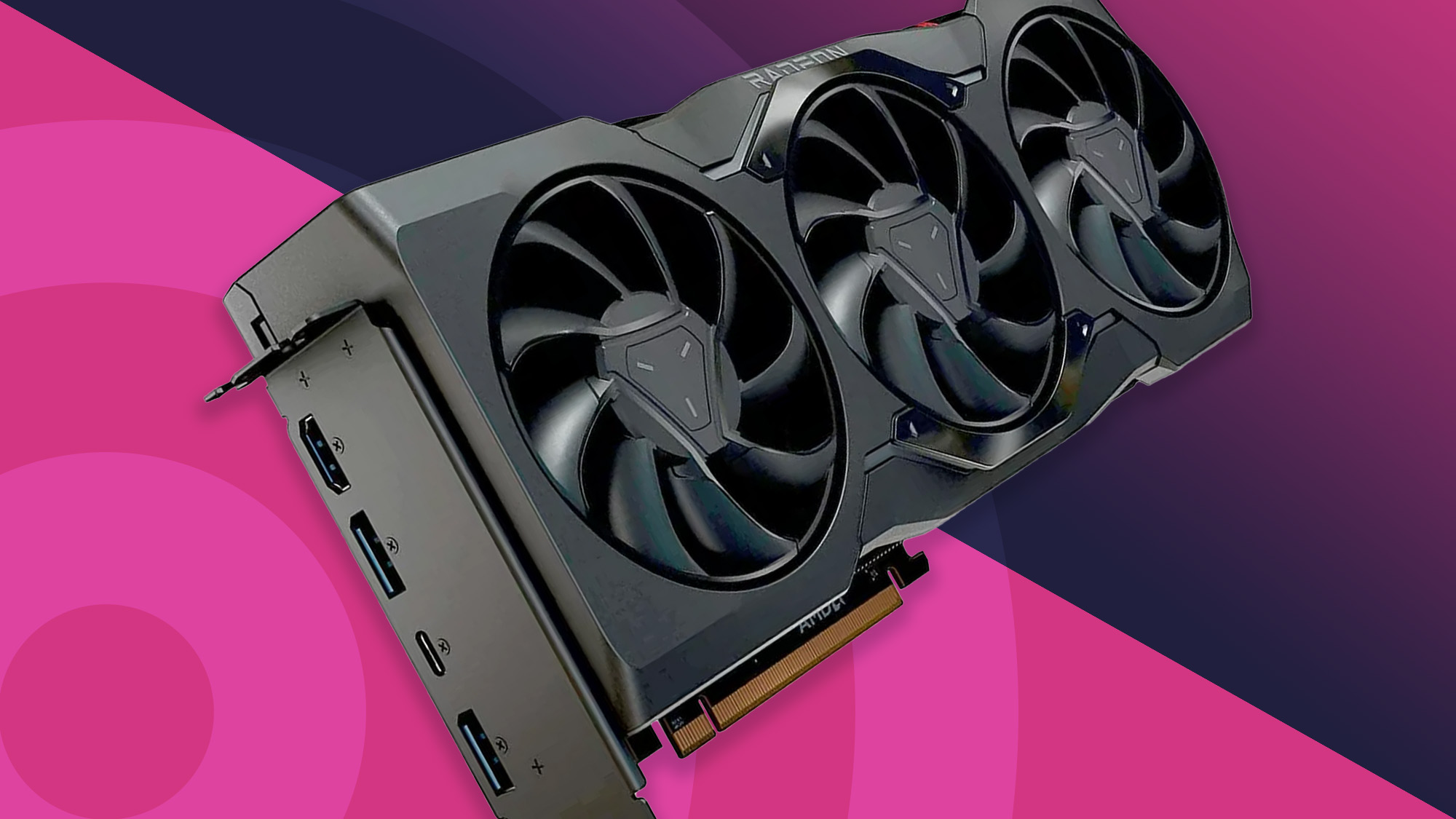Shop At Haya: Your Ultimate Shopping Guide
Discover the best shopping tips, trends, and deals for a smarter buying experience.
The Great GPU Showdown: Battle of the Brands
Discover which GPU reigns supreme in The Great GPU Showdown! Uncover brand battles, performance secrets, and expert insights now!
Top GPU Brands Compared: Which One Reigns Supreme?
When it comes to gaming and graphic-intensive tasks, the choice of GPU brand can significantly impact performance. NVIDIA and AMD are the two giants in the market, each offering unique advantages. NVIDIA is known for its cutting-edge technologies, such as Ray Tracing and DLSS (Deep Learning Super Sampling), which provide an edge in gaming realism and frame rate enhancement. On the other hand, AMD has made strides with its Radeon series, particularly the RX 6000 line-up, which offers excellent performance for the price, challenging NVIDIA's dominance effectively.
To help you decide which GPU brand reigns supreme, consider the following aspects:
- Performance: Compare benchmark scores for your desired games or applications.
- Price-to-Performance Ratio: Evaluate what you get for your money, especially in the mid-range segment.
- Software and Drivers: Investigate the stability and features of GPU drivers provided by each brand.
- Cooling Solutions: Some brands offer superior cooling technology, which can affect longevity and thermal performance.

The Ultimate Guide to Choosing the Right GPU for Your Needs
Choosing the right GPU for your needs is essential for maximizing performance in gaming, graphic design, or any compute-intensive task. Start by identifying your primary use case; for instance, gamers should consider factors like frame rates and resolution, while professionals in video editing might prioritize rendering times and video memory. Make a list of requirements, such as support for real-time ray tracing, multiple monitor setups, or augmented reality applications, to better guide your decision.
Once you have a clear understanding of your needs, compare different GPU models based on specifications like VRAM, clock speed, and core count. Reading customer reviews and expert opinions can provide insights into the performance and reliability of a GPU. Additionally, keep an eye out for any compatibility issues with your existing hardware, such as power supply capacity and physical space within your case. By carefully weighing these factors, you can confidently choose a GPU that suits your requirements and budget.
NVIDIA vs. AMD: Which Brand Offers the Best Value for Gamers?
When it comes to gaming, the choice between NVIDIA and AMD can significantly impact both performance and value. NVIDIA is renowned for its cutting-edge technology, especially with features like ray tracing and DLSS (Deep Learning Super Sampling). These innovations tend to offer superior graphics and smoother frame rates, making NVIDIA graphics cards a favorite among serious gamers who prioritize performance. On the other hand, AMD provides a more budget-friendly option without skimping on capabilities. Recent offerings like the Radeon RX series have shown that AMD can compete strongly in terms of performance, often at a lower price point.
In terms of value for gamers, it ultimately depends on individual needs and budget. If you're looking for raw performance and are willing to invest more, NVIDIA's higher-end cards may be the way to go. However, for gamers who are budget-conscious and still want solid performance, AMD's options frequently deliver excellent value. Moreover, AMD's cards often feature better multi-threading capabilities, making them a suitable choice for those who also engage in content creation and productivity tasks alongside gaming. Therefore, the choice between NVIDIA and AMD should be made after considering not just performance but also your specific gaming and budgetary requirements.